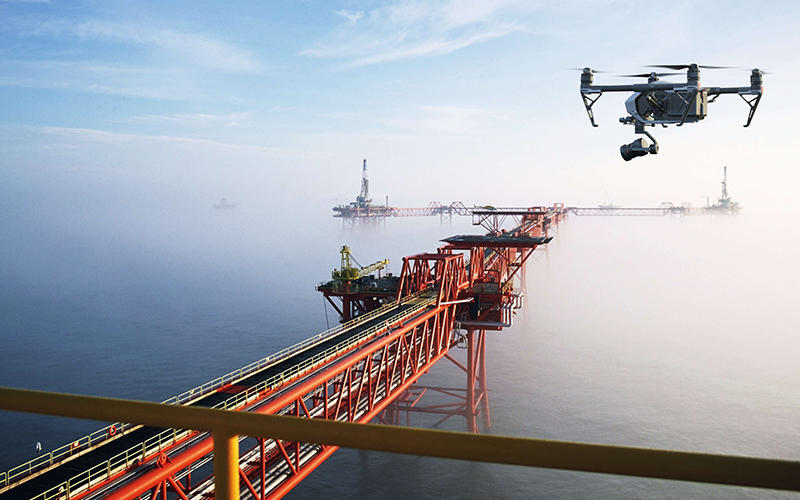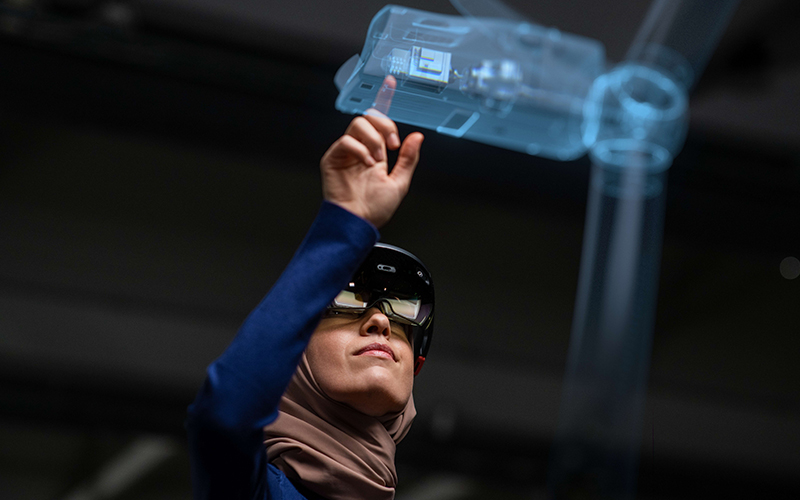
Malaysia, already leading the rest of the world in rolling out 5G, is now poised for greater economic growth and national development.
The adoption of 5G technology alone is expected to give the economy a RM122 billion boost by the end of this decade. That will account for about 5% of the country’s gross domestic product (GDP), according to a report by accounting firm Ernst and Young.
The performance of Malaysia’s 5G network, already recognised by industry benchmarks such as Ookla and Opensignal as one of the best in the world, now gives the country a head start in the race into a digitalised world.
The performance of Malaysia’s 5G network is consistently ranked among the Top Three in the world and first in Asean by external industry experts.
This is in sharp contrast to the 4G era when the country was ranked 81st globally and sixth in Asean.
A total of 76% of populated areas in the country already have 5G coverage ahead of schedule, complete with great customer experience and robust security.
Security, which is a key priority, was enhanced in 2023 with the end-to-end deployment of the ERICSSON SECURITY SYSTEM.
David Hägerbro, head of Ericsson Malaysia, Sri Lanka and Bangladesh, singled out computing, storage and connectivity as the three key enablers to accelerate digitalisation in the country.
“The 5G technology provides an unprecedented level of connectivity that will power Malaysia’s digital transformation to ensure that the digital superhighway can be fully utilised,” he told FMT Business.
Malaysia owes its leading position in the 5G digital superhighway to the multi-operator core network (MOCN) model, which enables equal and fair access for equal sharing of network infrastructure and resources for all operators.
The MOCN ensures that each operator gets the best performance from the 5G pooled spectrum and network.
“As technological change is exponential, Malaysia must maintain the head start it has achieved in 5G adoption by continuing to improve and strengthen the network further,” Hägerbro said.
Staying ahead

It is imperative that Malaysia continues the momentum of 5G adoption and leverages its connectivity to become a digital nation.
To stay ahead of the curve, Hägerbro said, Malaysia must continue to drive 5G adoption, build a robust ecosystem and expand coverage beyond 80%.
Over and above that, he added, Malaysia must improve the 5G experience by accelerating the introduction of 5G SA (5G standalone, which is a cellular infrastructure built specifically for 5G services) to bring the full capabilities of 5G to consumers, especially enterprises.
To spur market growth, innovation and economic development, as well as to unlock the full potential of 5G to enable transformative advancements in various sectors, it is essential to drive the uptake of 5G through continuous awareness campaigns.
These steps create the right conditions for the ecosystem to thrive. A strong and collaborative ecosystem must be nurtured to ensure widespread adoption of the technology.
The recently launched My5G Portal experience centre is one such space that has been created for collaboration.
This will lead to innovation, standardisation, interoperability and accelerated adoption.
To enable more Malaysians and industries to benefit from 5G, it is recommended that the current target for 5G coverage of populated areas is expanded beyond 80%.
In the enterprise area, the full capabilities of 5G can be leveraged on for the introduction of advanced use cases with the introduction of 5G Standalone (SA) architecture.
The 5G SA provides a robust foundation for a wide array of advanced use cases by offering high-speed, low latency, enhanced security, and the ability to cater to simplified automated end-to-end network slicing, with assured quality of service, security, and flexibility.
To bridge the digital divide, 5G with fixed wireless access (FWA) technology plays a significant role in meeting connectivity challenges in remote or underserved areas where laying cables is impractical or expensive.
In such areas, FWA can be deployed rapidly to connect rural areas.
The transformative potential of 5G is substantial but to realise its full benefits, there has to be strategic planning, infrastructure development, investment and policies that ensure the democratisation of technology.
Collaboration among the government, the private sector and academia is therefore vital to harness the power of 5G.
“Malaysia already has a world-class network to accelerate its digital transformation, but we cannot be complacent,” Hägerbro said.
“The head start must be maintained and one of the next steps is for the industry to work together to accelerate digital transformation to ensure that Malaysia stays ahead in the region,” he added. - FMT
No comments:
Post a Comment
Note: Only a member of this blog may post a comment.